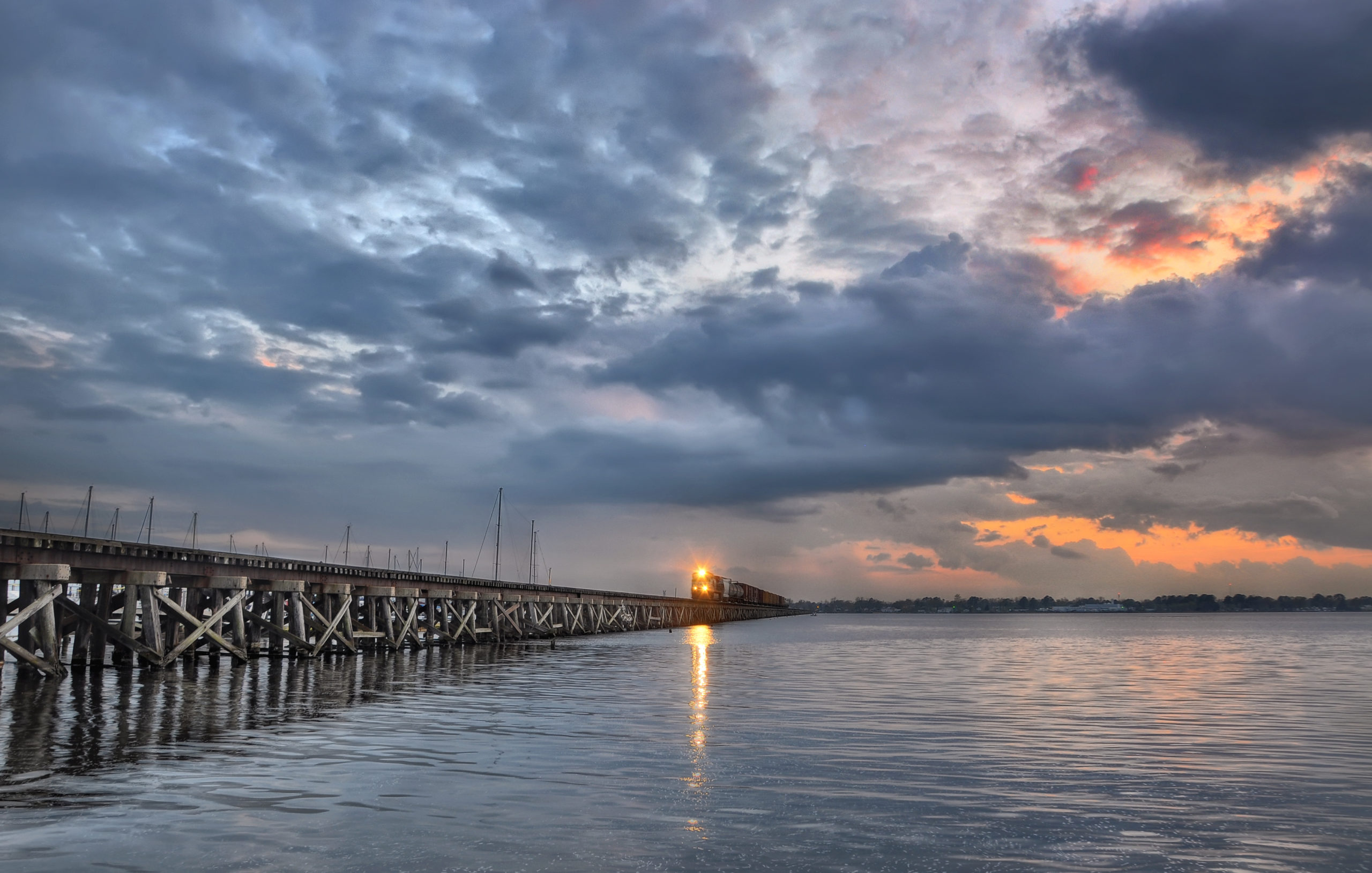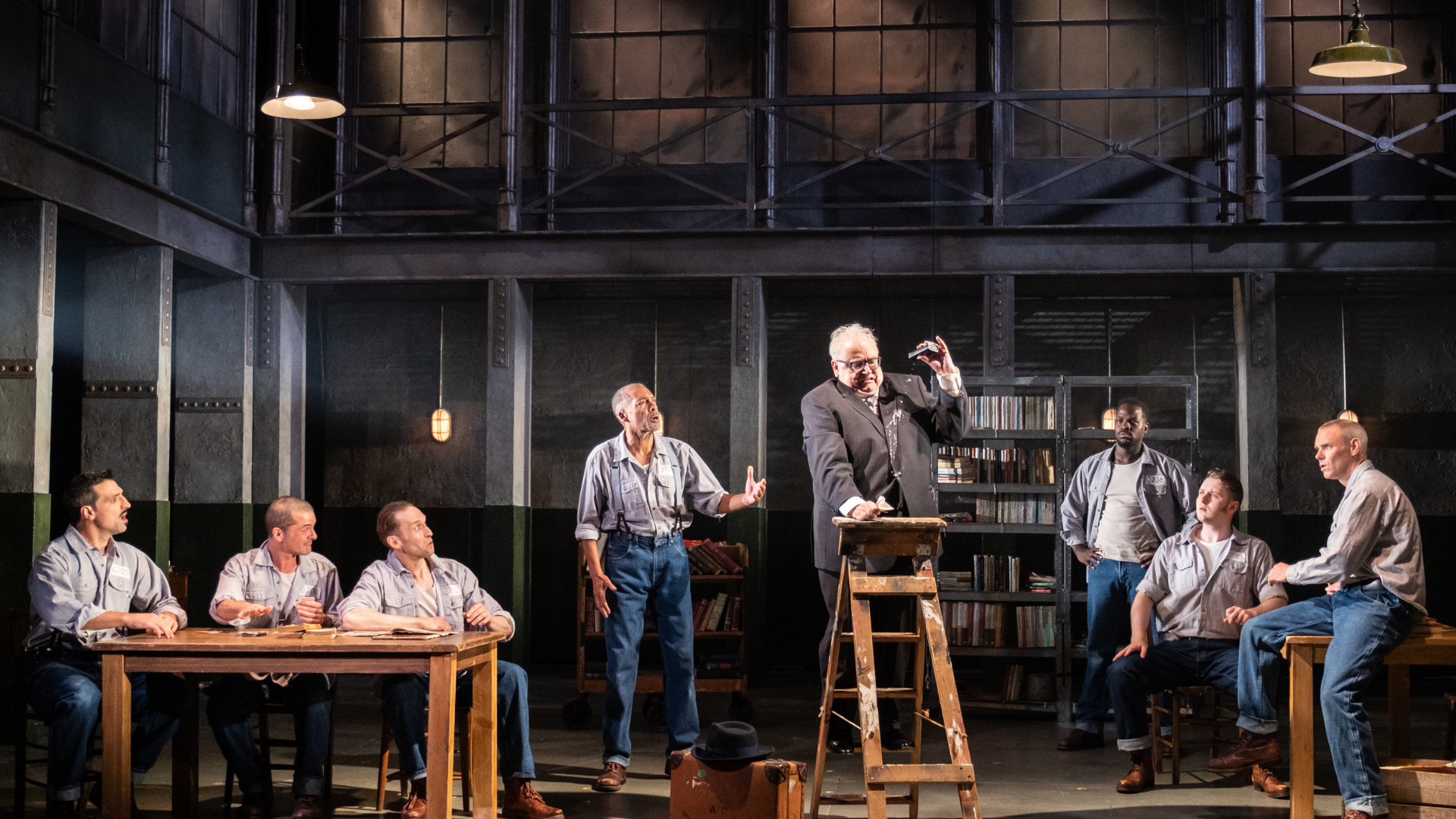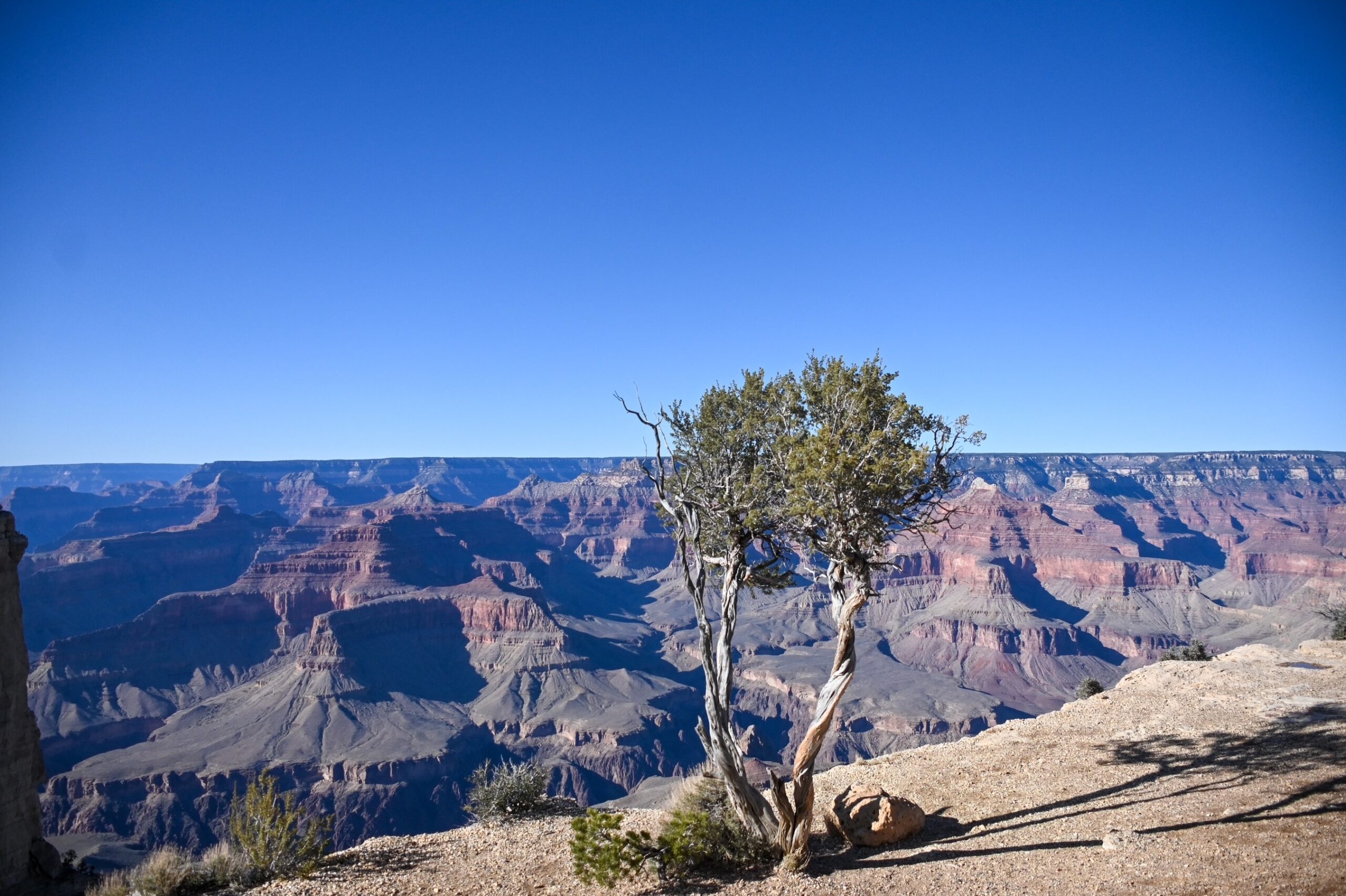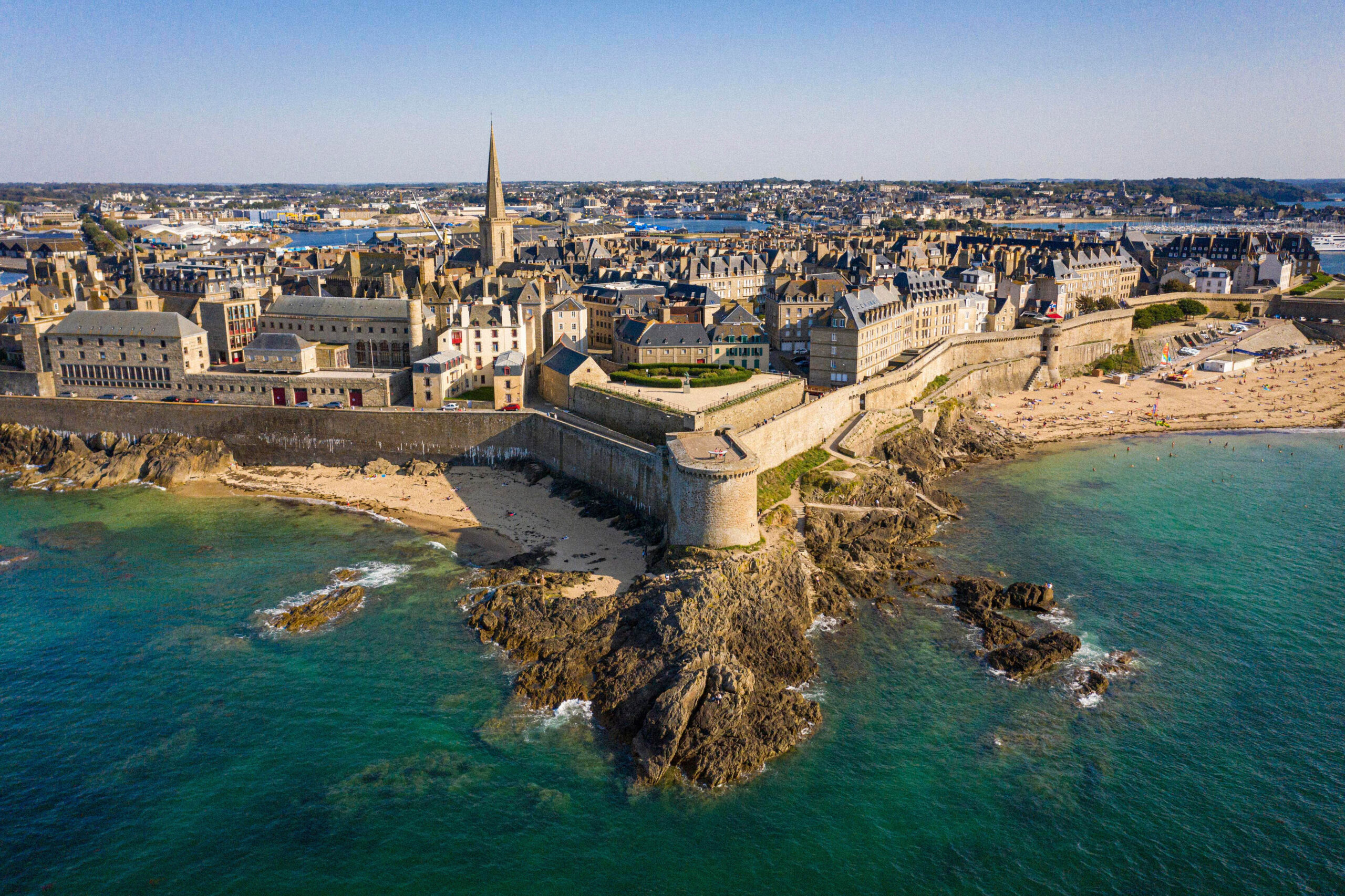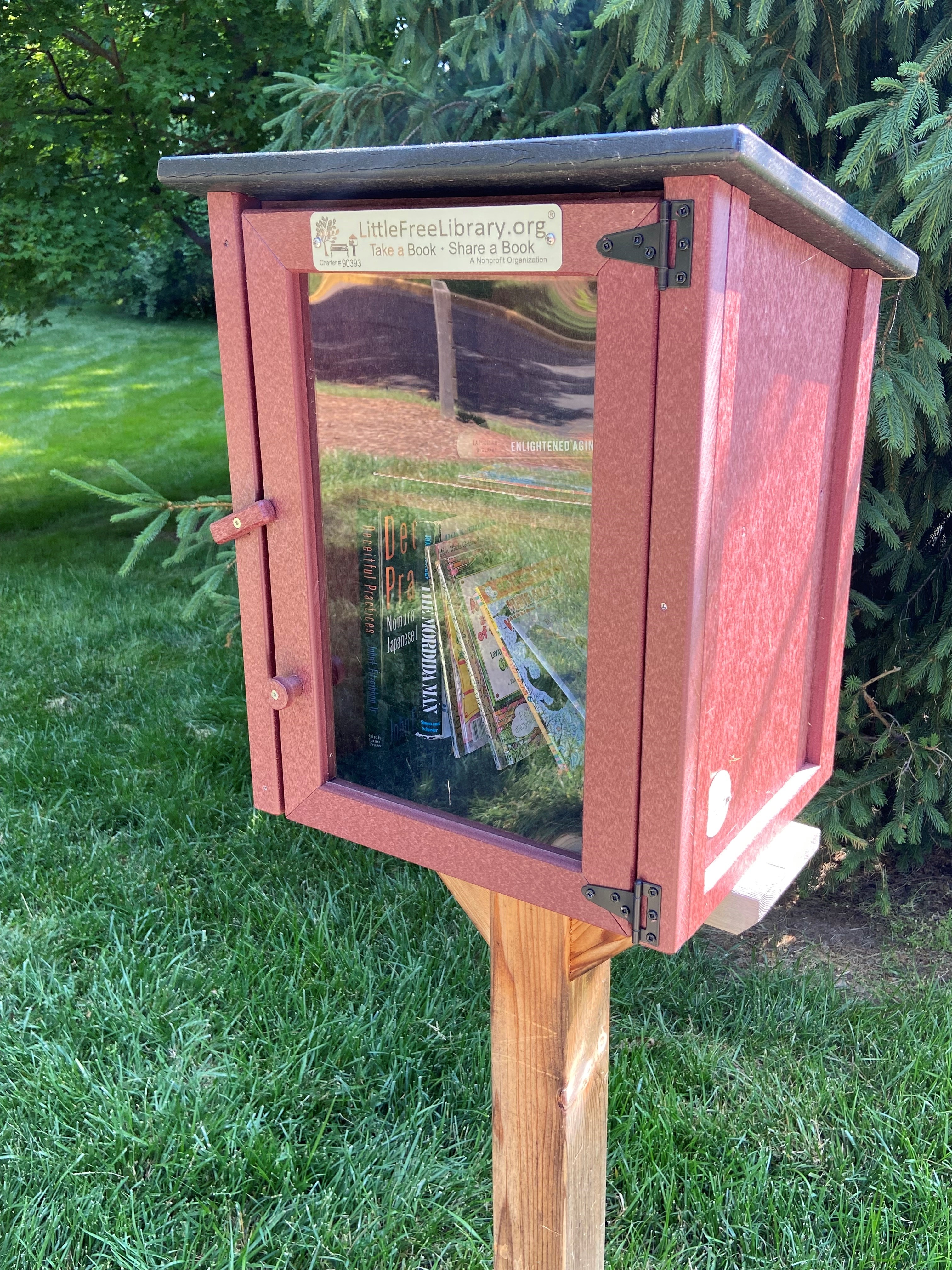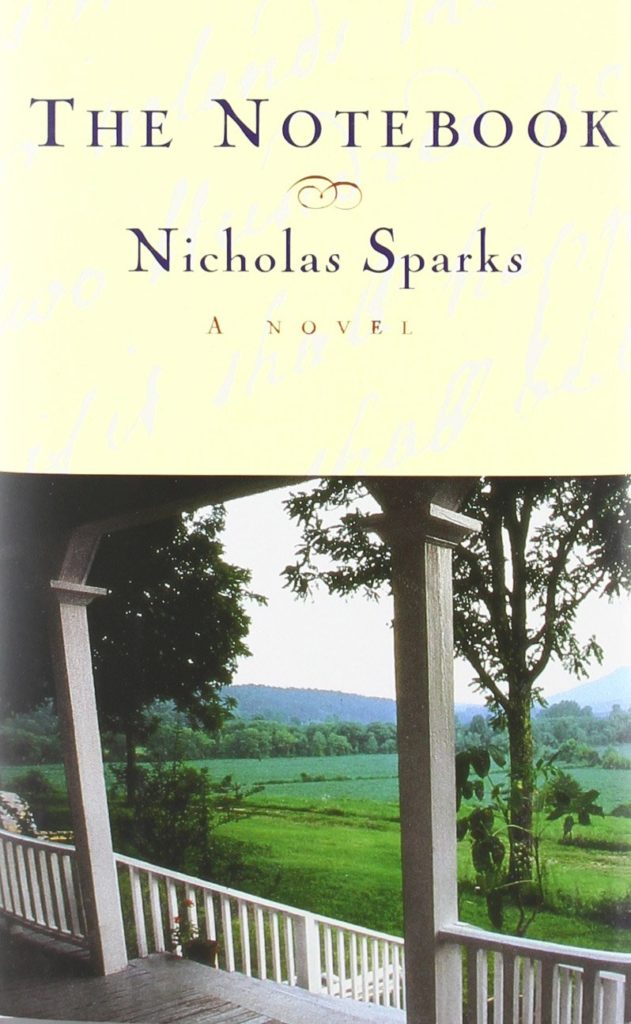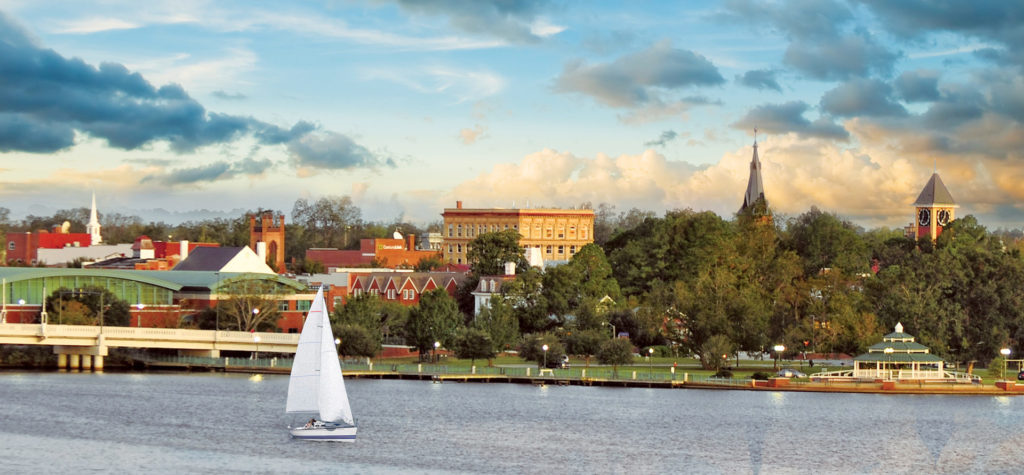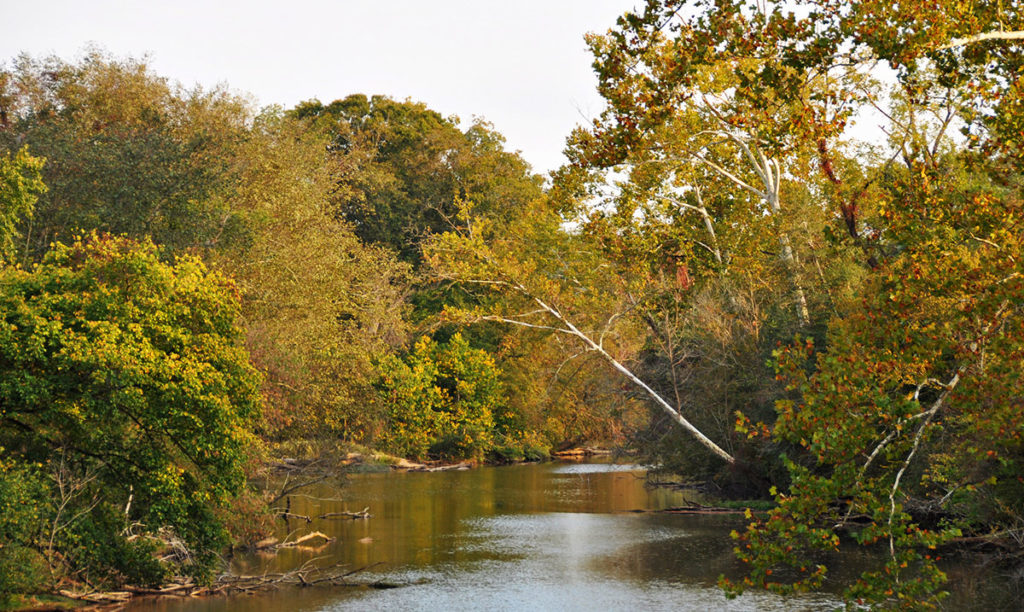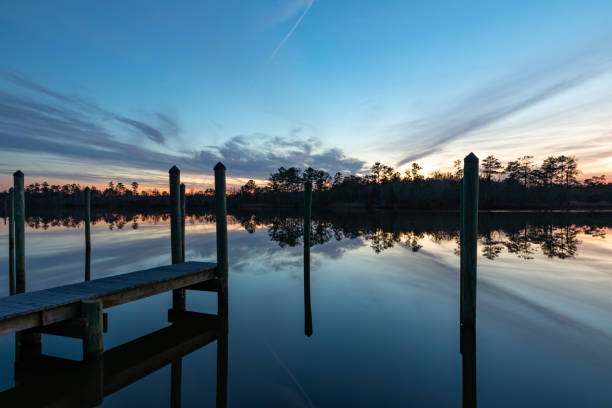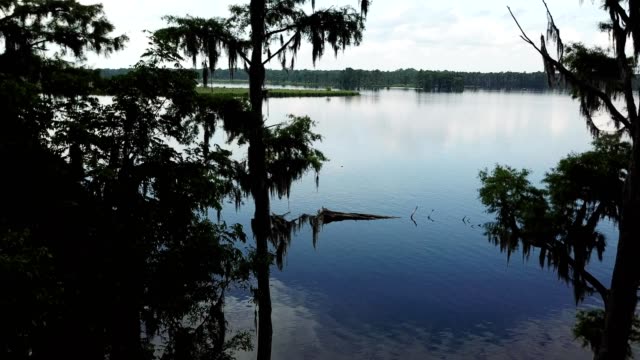I take my daily walk, most often with an audio book playing in my headphones, in the park next to our house. My usual route takes me past vegetable gardens, several sports fields (basketball, tennis, baseball, volleyball, and soccer) and also takes me into two small woods where I often come across white-tailed deer and sometimes foxes. For a few weeks now, this walk has been enhanced by a new stop: a book box, in which everyone is free to drop off or pick up a book they like. I got caught up in the game.
One of the first books I took was “The Notebook” by the American writer Nicholas Sparks. I chose it for two reasons. First, it takes place in North Carolina, the state just south of Virginia where we live and where we had just spent a few days with our family. Second, the cover reminded me of a movie I thought I had seen on the plane.
Opinions are divided on the novel, as well as on the movie. Both have enjoyed considerable popular success, but some critics are picky: too romantic, even mushy, a classic romantic comedy scenario that the writer has repeated over and over again in his other novels, which are all set in North Carolina and bring together a man and a woman from different side of the tracks.
As we know, criticism is easy, but art is difficult. I read the novel, which is the first one Nicholas Sparks has published, and I fully enjoyed it. I liked this gripping, well-crafted love story that brings together Noah, a carpenter’s apprentice in New Bern on the North Carolina coast, and Allie, the daughter of a wealthy family in Raleigh, the state capital, during a summer just before World War II. As the vacations comes to an end, Allie must leave their summer home. Her mother would confiscate all the letters Noah sends her.
Noah went to work on a construction site in New Jersey and then joined the army in 1941. Allie went to college before serving as a volunteer nurse during the war. In a hospital, she met Lon, an attractive officer, descendant of one of the richest families in the South. The engagement is announced, Allie’s mother is delighted.
A few weeks before the wedding in 1946, a photo in the newspaper shows Noah in front of an old plantation house on the waterfront, which he has just restored from top to bottom. Allie recognizes Noah and the then dilapidated house in which they had sealed their union. She tells her parents and fiancé that she is going to buy antiques on the coast and takes her car to drive there.
Of course, what happens next is quite predictable. But it’s well written and I was taken in by the descriptions of the Carolina coast, its old white wooden houses, served by a pier overlooking the bay where Noah takes his kayak every morning, as the mist and daylight break and the birds take flight.
Finally, and without giving away too much of the plot, the chapters where we discover the two heroes at a much older age, one suffering from heart problems, and the other from Alzheimer’s, add an unexpected and moving depth to this beautiful love story.
